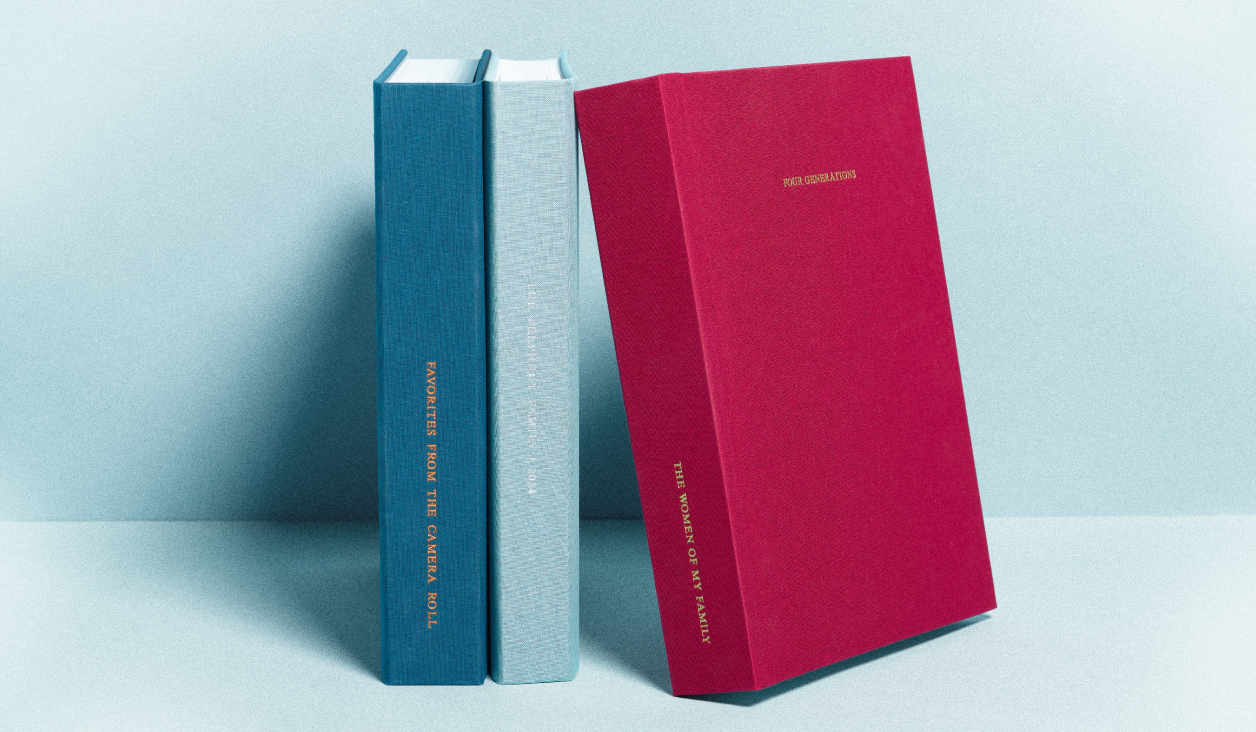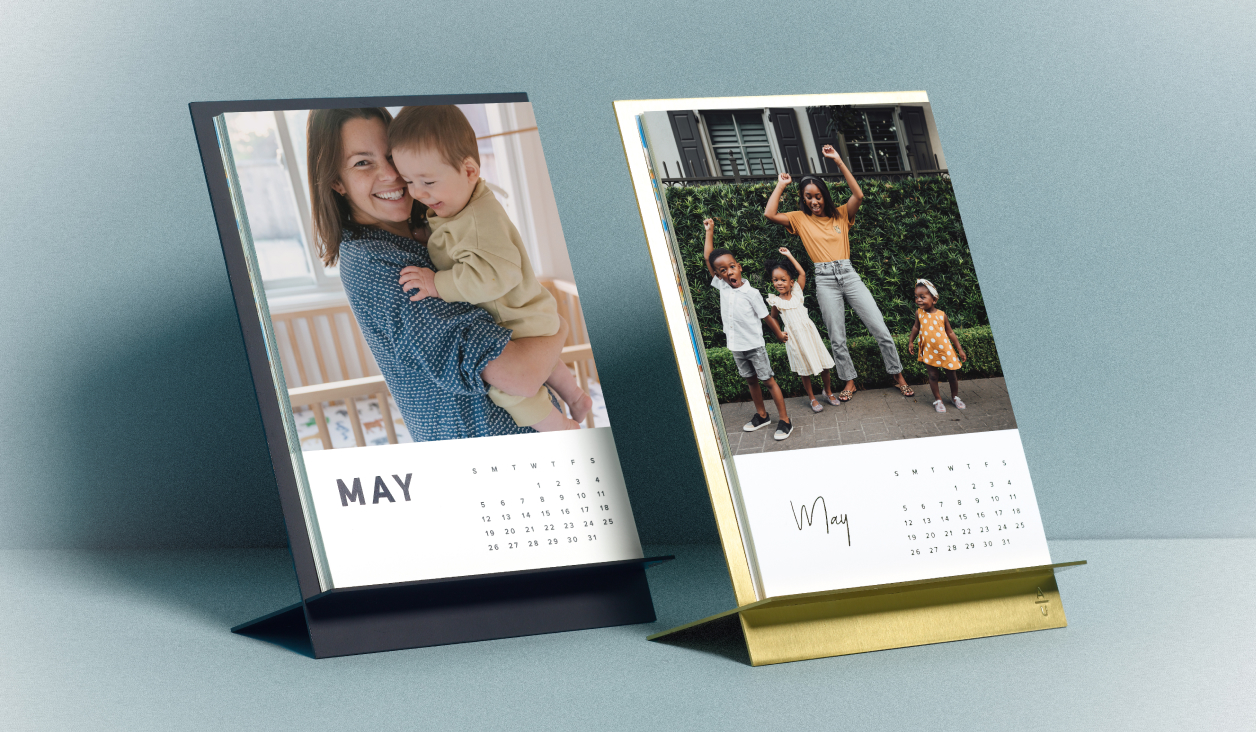Photography Essentials: The Rule of Thirds
Photography Essentials: The Rule of Thirds
By Joy Thigpen, in partnership with Once Wed.
They say rules are meant to be broken, but there's one photo composition technique we can't get enough of: the rule of thirds. To break things down, we sat with Joy Thigpen, co-creator of the digital photography course Composition 101.

But first: Composition
Before we explore the rule of thirds, let's talk composition and understand its place in the art we see everyday. Often used interchangeably with the word design, composition is the arrangement of visual information; it's what you see when you look through the viewfinder when taking a photo.
Now think about some of your favorite images, and what makes them visually beautiful. Everyone has their own personal ideas of beauty, but what is most remarkable are the uncanny consistencies that we tend to associate with beauty across time and cultures. Our eyes like order and they like chaos. But what we usually like most is what lies between; that territory where we find the best of both worlds. One way to help strike that balance is by applying the rule of thirds to your photos.

photo by Kate Holstein

photo by Reed Klass
Rule of Thirds

photo by Heather Hawkins
The rule of thirds is a great way to maintain structure within your image while also allowing the viewers's eye to move within the frame. But let's make one thing clear; when you hear "the rule of thirds," it isn't a guideline you have to follow to a T. It's simply the name for a composition tool that people have been using for ages to take their artwork to new heights.
For centuries, formally trained painters would begin their piece by drawing a grid that divided their blank canvas into three even sections, horizontally and vertically (nine boxes altogether). In today's world of photography, we see a grid like this when we look through the viewfinder of a camera, or when we upload an image to Instagram. That's because the rule of thirds is such a helpful principle that people designing photographic tools embed it right into the system.

photo by Kate Holstein
The theory is that it is most pleasing to the eye if the composition of the photo aligns with this grid, depicted above. Do you see how the eiffel tower sits right along the intersection in the top right corner? Some people call these intersections the "crash points" or "power points" — and swear they're the best place to site a subject.

photo by Kate Holstein
The rule of thirds can still be useful even when you don't follow it precisely. Moving your focal point further outside of the intersections beckons the eye even further away from center, creating even more movement, like in the example above.
Do you see the horizon where the sea meets the sky, and how it falls along the top line? And how the wave aligns along the bottom? But the focal point, the surfer, falls outside of the intersection or "crash point"? By doing this, we're asking our viewer's eyes to travel even further, focusing on the elements in the image in a unique way. While composition and the rule of thirds isn't everything in a visual, it can go a long way to enhance the way viewers experience an image.

photo by Kate Holstein

photo by Kate Holstein
Want to Learn More?
Visit composition101.com and find out how you can enroll for the full digital composition course. As part of the Artifact Uprising community, you'll receive a 35% discount off your purchase of the course. Enter code AU16 at checkout to redeem.

Joy is a photographer and creative director, interested in the intersection of art and reality. Follow along with Joy as she continues to inspire through her Instagram and at composition101.com .
Related Articles









